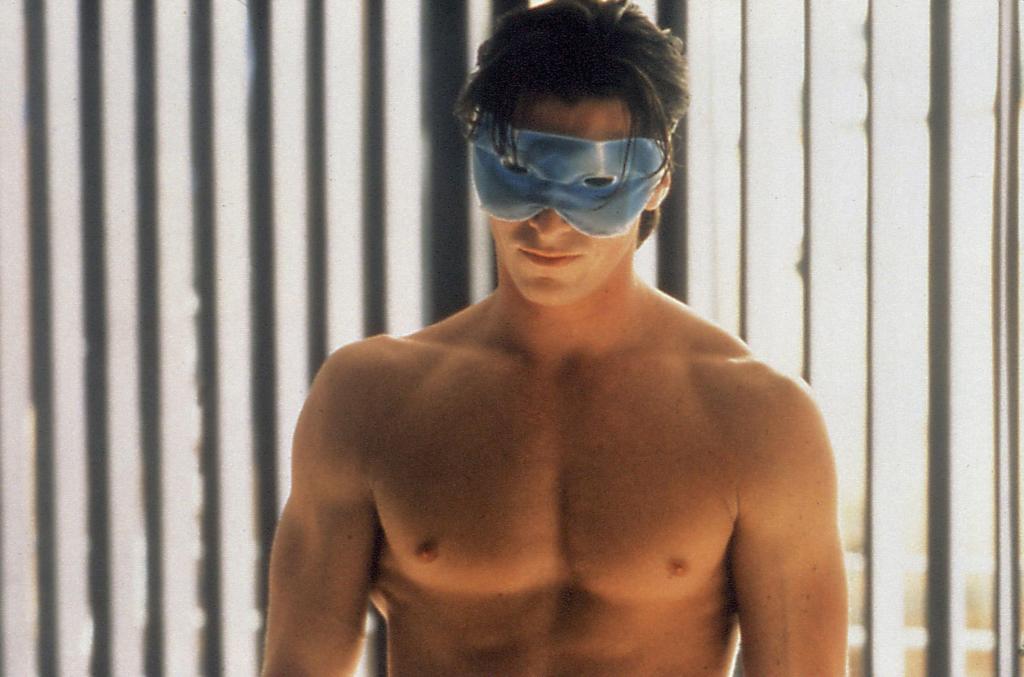Between Everything, Everywhere All At Once, Fire Island, and Red, this has been a banner year for media by and about Asian people. Ms. Marvel joins that field, specifically focusing on South Asian Muslims in this superhero story. As fun as it is, the first episode feels a lot like a by-the-numbers teen comedy about a South Asian family, because it basically is.
This new Disney+ show is about teenage superhero fan-turned-superhero Kamala Khan. She’s a fangirl for Captain Marvel, and she acts like the fangirls for Marvel heroes that you encounter online and in real life all the time—she makes YouTube videos, draws fanart, and is trying to convince her Pakistani parents to let her go to Avenger Con in her Captain Marvel cosplay outfit.
Videos by VICE
Ms. Marvel has heaps of personality, especially from its lead actress Iman Vellani, who plays Kamala. Of everything in the show, Kamala’s home life was the most interesting to me. All the pain points of a South Asian upbringing are portrayed here sensitively and authentically. I too remember trying to convince my Indian mom to let me do literally anything after dark in my teenage years. On the flip side, Ms. Marvel also shows how Khan’s quest for independence can alienate and hurt her family, who want her to love and be proud of who she is and not fantasize about being someone else. It’s a stuffed show even before you get to the superhero stuff—in a divergence from the (excellent) source material, Kamala derives hard-light powers from an artifact and, well, it doesn’t really matter—which fits right into the aforementioned teenage struggle for independence quite well. If this show came out when I was a teenager, I’m absolutely sure it would have been just as important to me as something like Buffy the Vampire Slayer was to young women in the 1990s.
Ms. Marvel charmed me quite a bit—in particular, I love the way that her art is animated, illustrating the ways her imagination runs away with itself—but as I was watching it, something about the tone, the way the show is shot, and even the lighting struck me as weirdly familiar. Then I remembered the trailer for Sneakerella, a Disney movie that reimagines the Cinderella story as being about a sneakerhead in Astoria, Queens.
Watching Sneakerella and Ms. Marvel back to back is an uncanny experience. So much of Ms. Marvel is near identical to Sneakerella, including the plot—in the first half hour of Sneakerella, the lead character is told by his stepfather that he can’t go to a sneaker drop because he has to look after the shoe store they own. Just like Kamala, he sneaks out instead of obeying his parents. Just like Kamala, his drawings are animated to demonstrate his vast creativity. Just like Kamala, he has a snarky opposite-sex friend that encourages him to live his dreams. The show and the movie also share the same diffused lighting, where sunlight filters through windows as if someone is always holding a bounce light conveniently off screen.
Teen comedies are usually pretty by the book, which isn’t a bad thing. (An interesting thing here is that the show is rooted in comics that were tributes to classic Spider-Man comics about misunderstood teens, which themselves did a lot to inspire the teen comedy genre, making this a leaning tower of referentiality.) Ever since John Hughes’s successful string of 1980s comedies about teenagers, this genre has taken on a set of genre conventions that appear in Ms. Marvel played almost totally straight. It’s fun to see the ways that new media in this genre play with those tropes—the nerd and the popular girl, the outcast best friends, the strict family that doesn’t understand you. But superhero movies are also a collection of rather inflexible tropes, and given how much Ms. Marvel adheres to the teen comedy formula, I am anxious about what will fall by the wayside when these two elements collide. If I had to lose the intimate portrayals of Kamala’s friendships and home life for a battle between two people throwing glowing orbs, I’ll be pretty disappointed.




